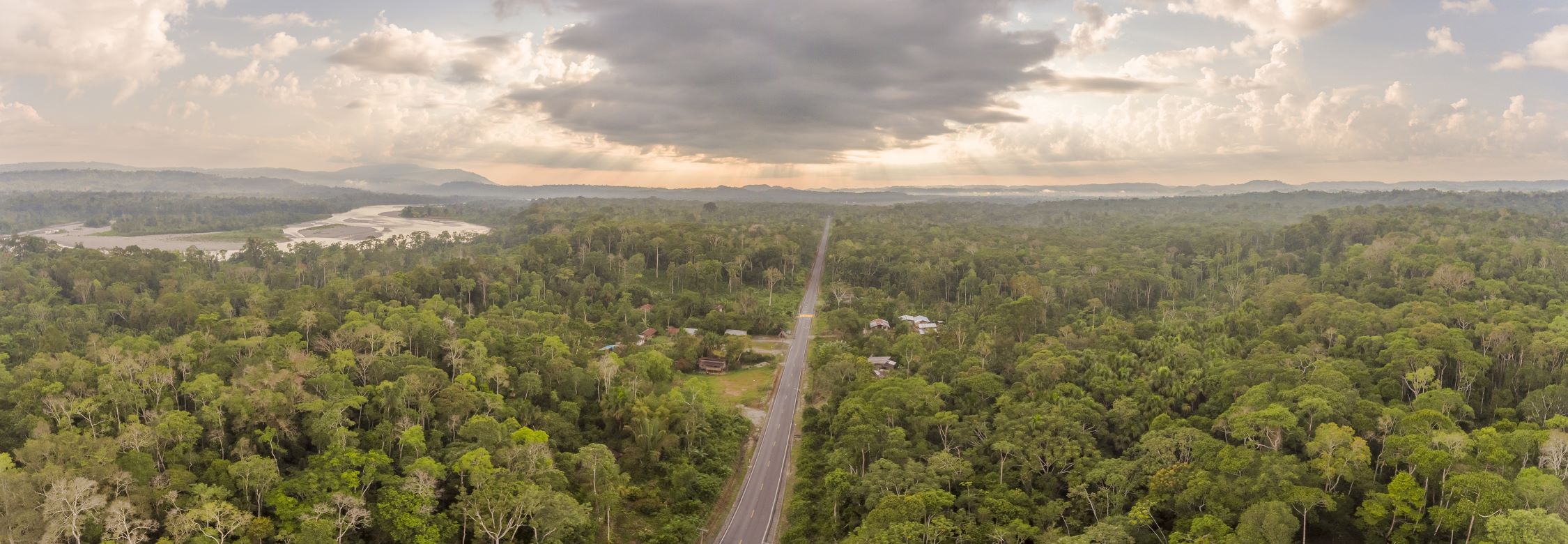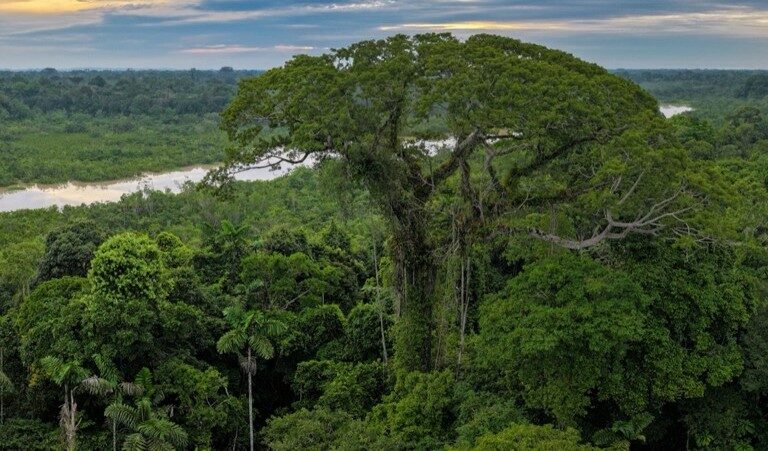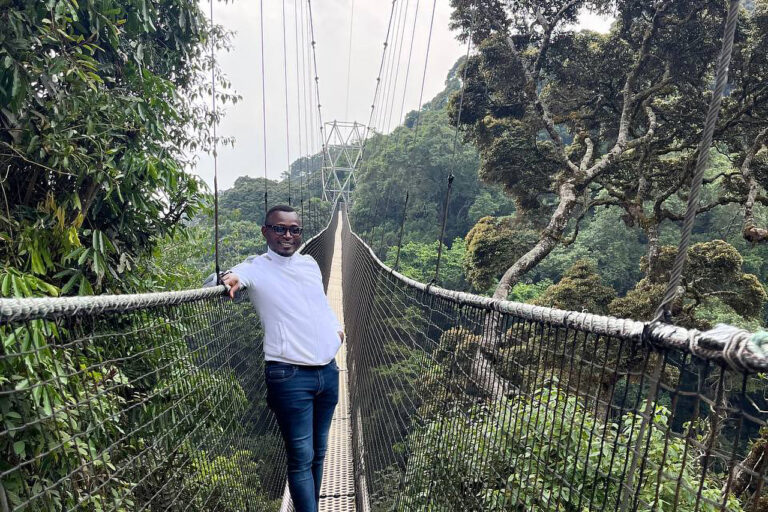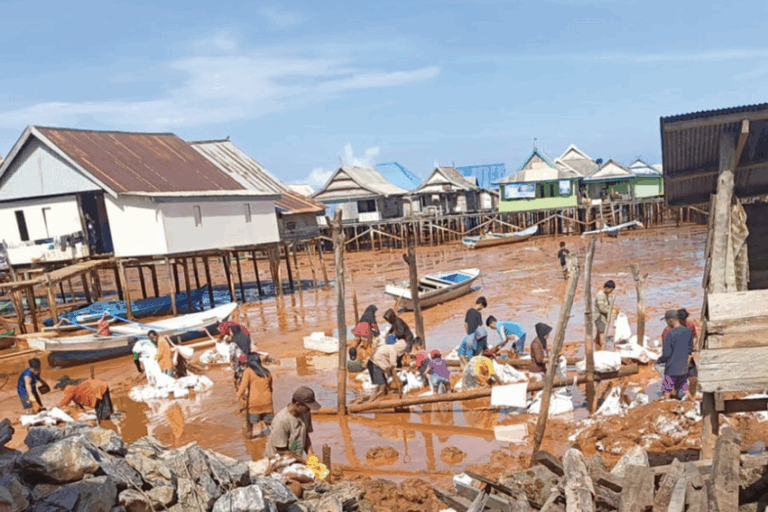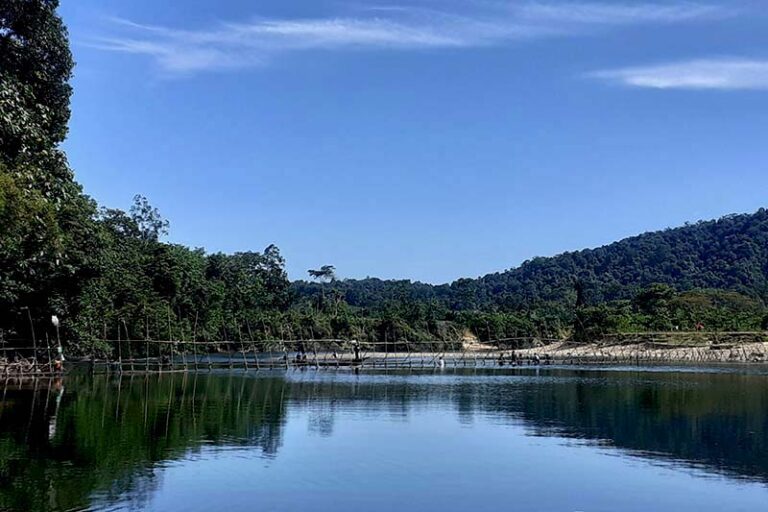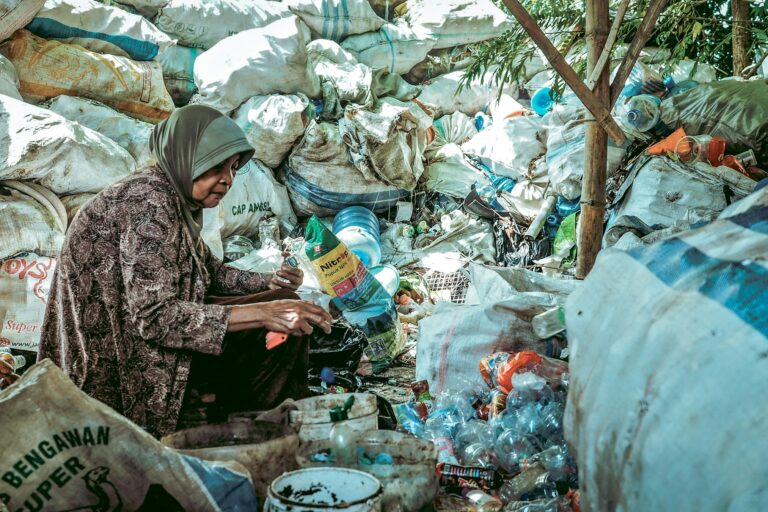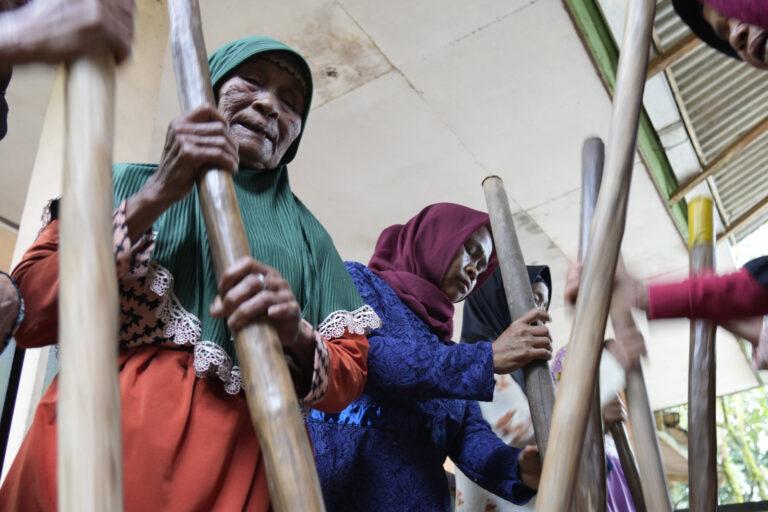- Mongabay has begun publishing a new edition of the book, “A Perfect Storm in the Amazon,” in short installments and in three languages: Spanish, English and Portuguese.
- Author Timothy J. Killeen is an academic and expert who, since the 1980s, has studied the rainforests of Brazil and Bolivia, where he lived for more than 35 years.
- Chronicling the efforts of nine Amazonian countries to curb deforestation, this edition provides an overview of the topics most relevant to the conservation of the region’s biodiversity, ecosystem services and Indigenous cultures, as well as a description of the conventional and sustainable development models that are vying for space within the regional economy.
- Click the “A Perfect Storm in the Amazon” link atop this page to see chapters 1-13 as they are published during 2023.
Bolivia’s hydropower is based on medium-scale facilities located in a geographical region optimally suited for dam and tunnel (D&T) systems. The oldest of these is in the Zongo Valley, which starts at 4,700 meters above sea level with a small reservoir (~20 hectares) that feeds water into one of eleven power plants, with a total installed capacity of 188 MW. Several similar D&T systems have been built in a region known to geographers as the Elbow of the Andes, where annual rainfall exceeds 6,000 millimeters across an altitudinal drop of 4,000 meters and a horizontal distance of less than forty kilometers.
Within this area, the state-owned electrical company, Empresa Nacional de Electricidad Bolivia (ENDE), has recently undertaken a series of investments that will double the nation’s hydropower capacity over the next few years by expanding capacity at Corani (275 MW) and Miguillas (250 MW), as well as adding a new unit at the Ivirizo cascade (290 MW).
Bolivia privatised its electrical energy sector in the 1990s, but Evo Morales renationalized the industry in 2006 as part of a policy to use public investments in energy and infrastructure to drive economic growth and, more importantly, generate revenues for the national treasury. In the first decade of its reincarnation, ENDE focused on building out the national grid while relying on subsidised natural gas to generate power.
Eventually, however, ENDE began to focus its investments on hydropower with the explicit goal of creating a surplus of electricity for export to neighboring countries. Most of these investments were financed from the national treasury and are leveraged with loans from multilateral institutions; however, ENDE has engaged Chinese companies and hopes to entice Brazilian institutions to finance the mega-scale projects on its northern border.

In addition to the D&T facilities under construction in the highlands of the Elbow of the Andes, ENDE plans to build a 600 MW D&R facility on the Rio Grande where it emerges from the Andes. Originally conceived in the 1970s, the dam will have serious environmental impacts, including the displacement of 500 Guaraní families who inhabit the valley, which will be flooded by a 40,000-hectare reservoir. Like all such dams located in the Andean foothills, its reservoir will capture massive amounts of sediment and block the migration of important commercial fish species.
Rositas will be a dual-purpose dam and divert water for irrigation that will catalyse the expansion of industrial agriculture across 500,000 hectares of dry forest. Ironically, the diversion of water for irrigation will reduce the replenishment of the aquifers that underlie the alluvial plain of Santa Cruz and limit the irrigation potential on the country’s most important agricultural landscape.

The Rositas project enjoys the support of all major political parties and, more importantly, the enthusiastic backing of the business community in Santa Cruz. Potential future hydropower investments on the Rio Grande include five more upstream dams that would add another 2.5 GW to the system. The EIA for the project was executed internally by ENDE with support from the IDB, while the construction contract has been awarded to a consortium led by Synohydro with financing from the ExIm Bank of China. A small but determined group of social and environmental activists has organised a campaign to stop its development by deploying a seldom-used class-action civil procedure that theoretically can halt initiatives that do not comply with health, safety, environmental or social regulations.
The five upstream D&R units will prolong the economic life of Rositas because they will capture an enormous amount of sediment but, if they are not built, the lifespan of Rositas will be among the shortest in the Amazon – 135 years. Other investments that are part of Bolivia’s strategy to export electrical energy include the development of the two R-o-R dams on the Madeira River (see above) and two large-scale D&R projects on the Rio Beni.
The original concept for the Rio Beni, first proposed in 1952, envisioned a 200-meter dam at the Angosto de El Bala, which would have created a massive reservoir covering almost 400,000 hectares. Different iterations of the project were rejected as uneconomic in 1958, 1976, and 1998; meanwhile, the project became even more controversial due to the creation of two high-profile protected areas: Parque Nacional y Tierra Indígena Pilón Lajas (1992) and Parque Nacional Madidi (1995).
The latest configuration is based on a feasibility study contracted by the government in 2015, which calls for a two-stage D&R design with a 168-metre dam and 68,000-hectare reservoir at the Angosto de Chepite, a gorge located about fifty kilometres upstream from an R-o-R facility at Angosto de El Bala. This scaled-down version would limit the total area flooded to 78,000 hectares overall and to 10,000 hectares within the two protected areas; an estimated 4,000 individuals would need to be relocated. Opposition among Indigenous communities, the tourist industry and environmental advocates is strong, but the poor economics of the facility are the largest obstacle to its development.

As recently as 2018, the Bolivian government hoped to invest about $US 25 billion by 2025 to quintuple installed capacity from about 1.2 GW to more than 10 GW, approximately five times greater than the estimated domestic demand in 2025. Electricity exports would require significant investment in regional transmission systems, such as those proposed by the IDB in 2017: Bolivia – Brazil (500 kV), Peru – Bolivia (250 kV) and Bolivia – Chile (250 kV). As of 2020, however, Bolivia remains isolated from potential markets, in spite of being a signatory to the Sistema Andino de Interconexión Eléctrica (SINEA), an IIRSA-like initiative to integrate the regional energy grids.
The ability to pursue these capital-intensive investments is limited by Bolivia’s deteriorating financial status, and it is unlikely that financial and technical assistance from China or Brazil will allow the country to implement its ambitious schemes in the short to medium term.
“A Perfect Storm in the Amazon” is a book by Timothy Killeen and contains the author’s viewpoints and analysis. The second edition was published by The White Horse in 2021, under the terms of a Creative Commons license (CC BY 4.0 license).
Read the other excerpted portions of chapter 2 here:
Chapter 2. Infrastructure defines the future
- Infrastructure defines the future July 19, 2023
- Roads are primary vectors of deforestation in the Pan Amazon July 20, 2023
- The Human-Modified Landscapes (HML) and the Brazilian highway network July 26, 2023
- The Andean republics of the Pan Amazon July 26, 2023
- Infrastructure in the Andean Amazon: The Carretera Marginal de la Selva August 1, 2023
- Infrastructure in the Pan Amazon: The Guiana Shield and the Coastal Plain August 3, 2023
- Hydropower in the Pan Amazon: A shift toward reduced impact facilities, but the controversy continues August 9, 2023
- Hydropower in the Pan Amazon: The Guri complex and the Caroni Cascade August 11, 2023
- Hydropower in the Pan Amazon: Tucuruí and the Tocantins Cascade August 16, 2023
- Hydropower in the Pan Amazon: The Madeira Hydropower Complex August 17, 2023
- Hydropower in the Pan Amazon: Belo Monte and the Río Xingu August 24, 2023
- Hydropower in the Pan Amazon: The Tapajós Basin and the prevalence of Indigenous rights August 25, 2023
- Hydropower in the Pan Amazon: Río Trombetas and Calha Norte August 29, 2023
- Hydropower in the Pan Amazon: Bolivia seeks an energy export model August 30, 2023
- Hydropower in the Pan Amazon: A look at the private energy sector in Peru September 5, 2023
- Hydropower in the Pan Amazon: An overview of the private energy sector in Ecuador and China’s role September 6, 2023
- The future of hydropower in the Pan Amazon September 12, 2023
- In the Amazon, global competition drives bulk transport systems September 13, 2023
- Infrastructure in the Pan Amazon: Waterway options September 20, 2023
- Infrastructure in the Pan Amazon: Railroad development September 21, 2023
- Infrastructure in the Pan Amazon – Finance: What is new and what is not September 26, 2023
- Infrastructure in the Pan Amazon: Public-private partnerships September 27, 2023
- Investing in the Pan Amazon: How China’s investment operates October 4, 2023



